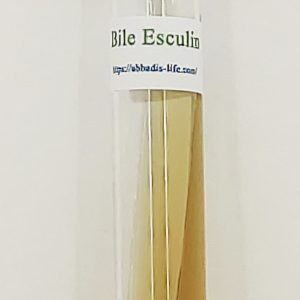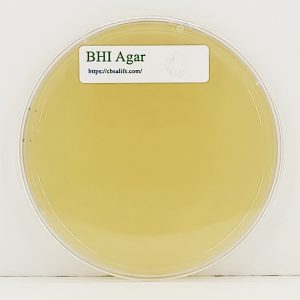No products in the cart.
Culture media refers to the ‘mixture of nutrients in an appropriate ratio’ which provides the nutritional requirements of the microorganisms leading to their growth under in vitro conditions. Under natural conditions of the environment, microbes usually adapt to the habitats most suitable for their needs. However, in the laboratory, these requirements must be met by a culture medium. Culture media can be prepared by using raw materials depending upon the composition but now-a-days, dehydrated and ready-to-use media are available. Broad-spectrum culture media i.e. prepared using raw materials are economical and provide better opportunity for growth of novel microorganisms. Although depending on the type and combination of nutrients, different categories of media can be made but the general composition of a medium remains same. The current chapter describes types of media, consistency-based classification of media i.e. liquid, semisolid and solid and composition-based classification of media (chemically defined and complex media) function-based classification of media (all -purpose media, selective/differential media, enrichment media) reducing media. Culture media check points, role of ingredients, culture media compositions describe in detail. New batch of culture media should be evaluated for their ‘Growth Promotion Ability’ both qualitatively and quantitatively prior to use for routine microbiological analysis.
There are several culture media available for the propagation of microorganisms as well as for the transportation and storage of microbes in the microbiology laboratory. The choice of which type of culture media to use is often influenced by many factors including but not limited to the nutritional requirement of the microorganism, the natural habitat of the microbe and on the experience or particular need of the scientists.
- Quick View
- Quick View
- Quick View
- Quick View
- Quick View
- Quick View
- Quick View
- Quick View1.79 € – 18.40 €





